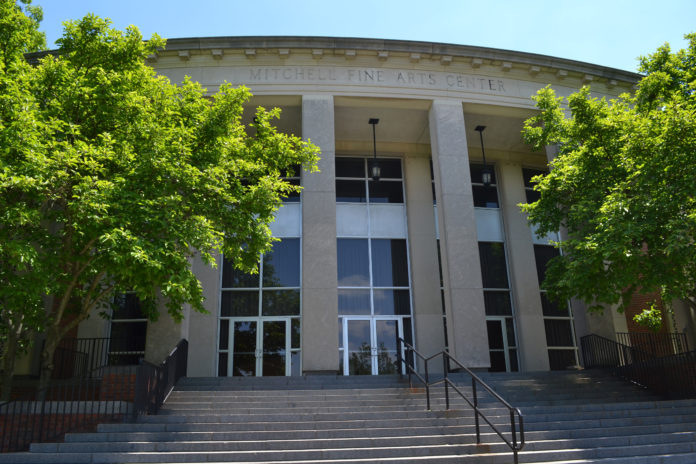The Diversity & Inclusion workgroup of the Strategic Planning Committee has completed its initial phase and will soon publish an “initial findings report” on Transy.edu, according to workgroup chair Hannah Piechowski, Director of Student Transitions, who also said the workgroup “will continue work into the summer.”
Transylvania formulates a new strategic plan every five years. One description of the plan’s work, published in the March 9 edition of TNotes, reads,
“The Strategic Planning Steering Committee appointed by President Carey has begun work on developing a vision for the future of Transylvania. As part of those efforts, Work Groups have been formed to investigate several key topics: Enrollment, Cost and Competition; Academic Excellence; Diversity and Inclusion; and Community, Service and Collaboration. Led by members of the Steering Committee, Work Groups will be composed of additional members drawn from the campus community. These groups will gather input and conduct research that will inform plan development. In the initial phase this spring, each Work Group will offer open campus forums to gather input from faculty, staff and students on each topic and all are encouraged to attend.”
On Transy’s network, the progress of the Strategic Planning Committee can be tracked at strategicplan.transy.edu.
In addition to Piechowski, the Diversity and Inclusion workgroup members include students, faculty, and staff. These are Isaac Settle, a sophomore; Joey Howard, a junior; Aissata Sackho, a first-year; Dr. Kremena Todorova, Associate Professor of English; Dr. Steve Hess, Associate Professor of Political Science; Johnnie Johnson of Admissions; Susan Brown, Librarian; Mambuna Bojang of IT; Mary Struckhoff of Athletics; and Taran McZee, Associate Vice President for Diversity & Inclusion.
Of the three students on the committee, two are white male members of the Delta Sigma Phi fraternity. The third, Aissata, is a black, Muslim woman who lived in Senegal for 11 years and speaks four languages. She attended high school in Louisville, KY.
“I’m very incompetent being in the room,” Joey said of being a white man in this workgroup, laughing. “I’ve witnessed things but I don’t represent them. I’ve mostly been trying to listen. That’s what the workgroup is doing – gathering information as much as possible, assessing it, and combating problems.”
Asked whether the committee’s work has been affected in any way by having only one student of color, Piechowski wrote, “I think you have asked a very good question, one that reiterates the need for this work to be done. I will continue to reflect on your question, as I think it adds an important layer of consideration.”
Asked what she felt about being the only student of color in the workgroup, Aissata said that she felt the committee’s work was “still useful.” Of the four members of the committee interviewed by The Rambler, all four expressed optimism that their findings—and eventually, their recommendations—would be used.
Though The Rambler was not able to obtain a copy of the initial findings report in advance, Piechowski informed us that the “predominant themes resulting from the findings thus far include: 1. Addressing Institutional History, 2. Education and Engagement, 3. Finances and Facilities, 4. Policies, Procedures, and Accountability, and 5. Emotions and Healing. These themes and findings will be used to create action items during the summer and into the 2018-2019 school year.”
Recent events around the University have highlighted a widespread interest in campus issues of diversity & inclusion. The Rambler covered a demonstration held in Alumni Plaza by students calling for many changes, as well as a forum held by the Diversity & Inclusion working group to solicit student, faculty, and staff input.
“I feel like blacks at Transy are being constantly asked to prove our worth,” Aissata said, “as if we don’t really belong here.”
Administrators have promised many changes in the 2018-19 school year. But Dr. Todorova said she believes that “Change must come from the students. We cannot just have faculty or administrators making these changes and hoping that will change the campus culture. It can’t come from the top, change has to come from the bottom.”



